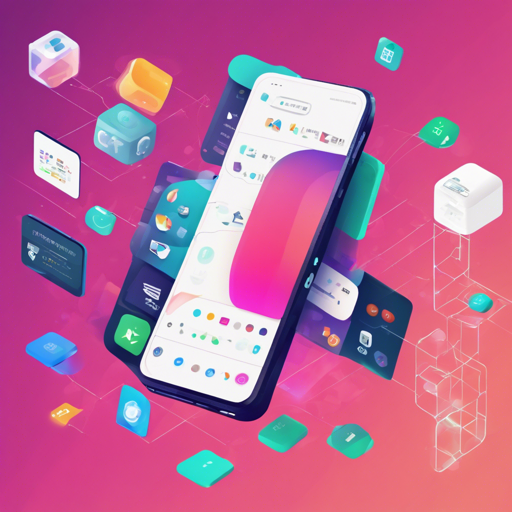If you are seeking a way to enhance your Android app’s UI with an elegant and interactive animation, the Folding Cell library is your go-to solution. This library simulates the allure of a folding paper card using material design, providing an appealing way to present and expand content.
What You Need to Get Started
- Android 4.0 Ice Cream Sandwich (API level 14) or greater.
- Your favorite IDE to work on Android applications.
Installation Guide
To incorporate the Folding Cell library into your project, follow these easy steps:
- Download the package from here and add it to your project classpath.
- Alternatively, you can use the Maven repository with the following configurations:
- Gradle:
implementation 'com.ramotion.foldingcell:folding-cell:1.2.3' - SBT:
libraryDependencies += "com.ramotion.foldingcell" % "folding-cell" % "1.2.3" - Maven:
com.ramotion.foldingcell folding-cell 1.2.3
Basic Usage Instructions
Integrating the Folding Cell into your layout is straightforward. Here’s how you can do it:
- Add the
com.ramotion.foldingcell.FoldingCellto your layout XML file: - Add two child elements: one for the unfolded state (content view) and another for the folded state (title view). Ensure that the content view’s height is at least twice that of the title view. Here’s a simple setup:
- Set the properties for animation on the root elements:
- android:clipChildren=”false”
- android:clipToPadding=”false”
- Add an
onClickListenerin yourMainActivity.javato toggle the animation: - Optionally, customize the cell settings such as animation time and back-side color by setting them either in XML or programmatically.
@Override
protected void onCreate(Bundle savedInstanceState) {
super.onCreate(savedInstanceState);
setContentView(R.layout.activity_main);
final FoldingCell fc = (FoldingCell) findViewById(R.id.folding_cell);
fc.setOnClickListener(new View.OnClickListener() {
@Override
public void onClick(View v) {
fc.toggle(false);
}
});
}
Visualizing the Folding Cell
Think of the Folding Cell as a nifty wallet. When it’s closed, you can only see the card front (title view). But when you open it (animate the toggle), it reveals the hidden content (content view) inside. The asset is to fit two views inside one unit and elegantly transition between them, leading the user into a seamless experience.
Troubleshooting Tips
If you encounter issues while implementing the Folding Cell, here are some troubleshooting ideas:
- Ensure you have set the correct layout parameters for both the content and title views as mentioned in the guide.
- Check the visibility settings to ensure that the content view is set to
goneinitially. - Make sure that the dimensions of the content view and title view adhere to the requirement of height. They should not be equal and must sustain the ratio.
- For more insights, updates, or to collaborate on AI development projects, stay connected with fxis.ai.
Conclusion
By following this guide, you can effectively integrate a visually appealing and interactive Folding Cell into your Android application. With the customization options, you can adapt the animation to your liking, making your app not only functional but also visually attractive. At fxis.ai, we believe that such advancements are crucial for the future of AI, as they enable more comprehensive and effective solutions. Our team is continually exploring new methodologies to push the envelope in artificial intelligence, ensuring that our clients benefit from the latest technological innovations.

